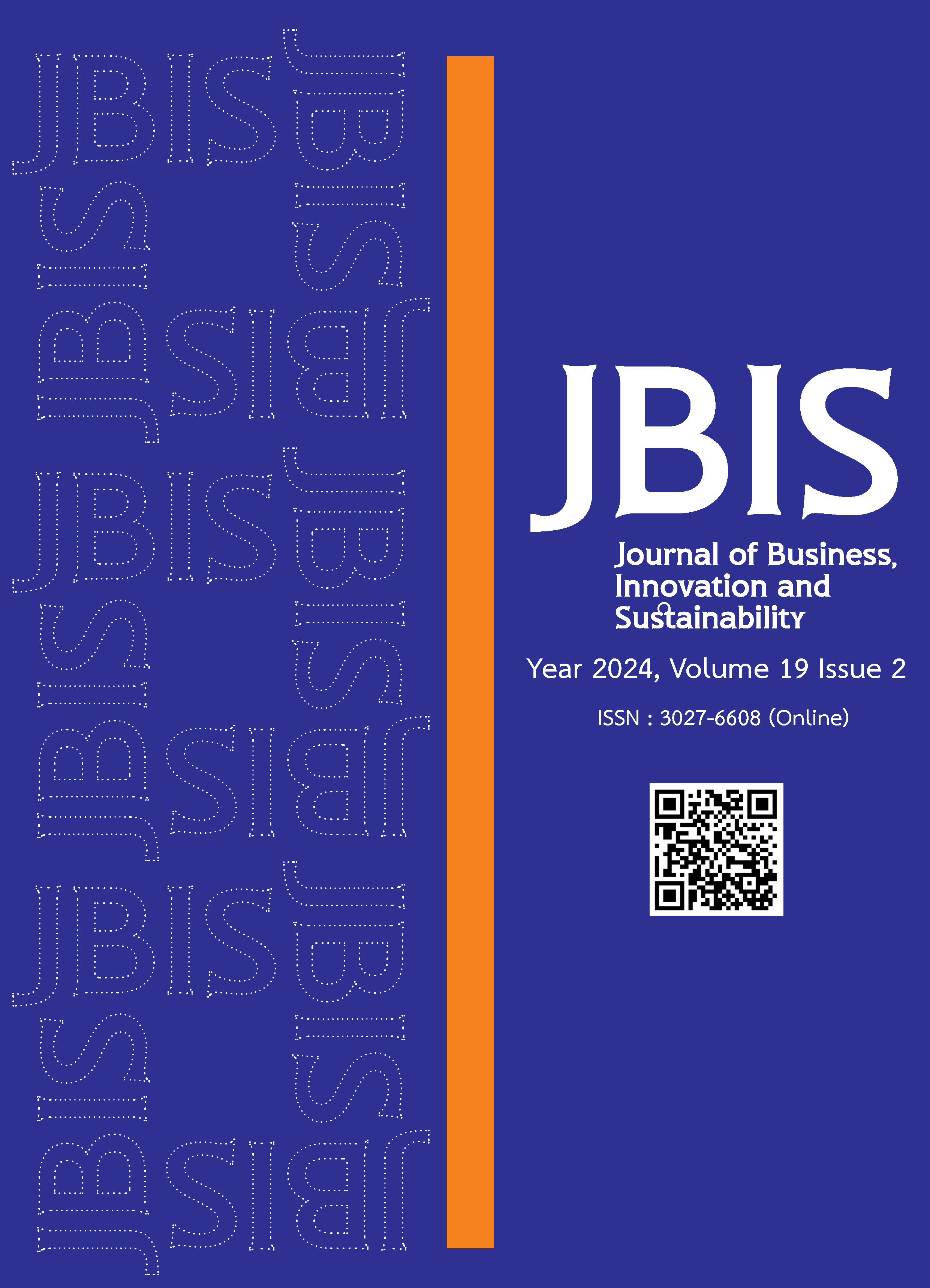Identifying Suitable Indicators to Assess Chiang Mai as a Sustainable City Using Delphi Method
Main Article Content
บทคัดย่อ
Chiang Mai is facing enormous challenges, such as climate change, economic and social problems which make the government, the private, and public sectors to tackle the problems and develop the city towards sustainability. This research aims to identify suitable indicators to assess the potential of Chiang Mai as sustainable city. Chiang Mai City Development Plan, Chiang Mai Smart City Strategy Plan 2019, the Master Plan for Development of Chiang Mai Transportation System, Bio-Circular-Green Economic Model (BCG), Transit-oriented development (TOD) and Sustainable Development Goals (SDGs) are considered and used to formulate related indicators that will be assessed for suitability by at least 20 experts using Delphi method. The level of importance is assessed using a five-point Likert type scale. Average value and standard deviation calculations are conducted to confirm the significance of the indicators chosen. In this work, the focus is on the 1st round of Delphi method questionnaire to identify appropriate indicators to assess the sustainability of Chiang Mai city. From the first Delphi method, 29 out of initial 64 indicators were selected by the experts. 25 additional indicators were also proposed by the experts. A total of 54 indicators were to be used in subsequent 2nd and 3rd rounds of questionnaire by the Delphi method. The indicators obtained from this research may be used to assess the sustainability potential of other cities. The metrics found may be unique for Chiang Mai and differ from other cities in previous studies. They can be applied to assess the potential of Chiang Mai's sustainable urbanization, and used as a conceptual framework for planning Chiang Mai city development towards sustainability.
Article Details

อนุญาตภายใต้เงื่อนไข Creative Commons Attribution-NonCommercial-NoDerivatives 4.0 International License.
เอกสารอ้างอิง
Athanassiadis, A., Christis, M., Bouillard, P., Vercalsteren, A., Crawford, R. H. and Khan, A. Z. (2018). Comparing a territorial-based and a consumption-based approach to assess the local and global environmental performance of cities. Journal of Cleaner Production, 173, 112–123.
Bogers, M., Biermann, F., Kalfagianni, A., Kim, R. E., Treep, J. and de Vos, M. G. (2022). The impact of the Sustainable Development Goals on a network of 276 international organizations. Global Environmental Change, 76, 102567.
Chan, P. and Lee, M. H. (2019). Developing sustainable city indicators for Cambodia through delphi processes of panel surveys. Sustainability, 11(11), 3166.
Chen, Y. and Zhang, D. (2021). Evaluation and driving factors of city sustainability in Northeast China: An analysis based on interaction among multiple indicators. Sustainable Cities and Society, 67, 102721.
Excellence Center in Infrastructure Technology and Transportation Engineering. (2017). Study and preparation a master plan for the development of public transport in Chiang Mai Province. Retrieved June 10, 2022, from https://www.otp.go.th/post/view/1281
Feleki, E., Vlachokostas, C. and Moussiopoulos, N. (2018). Characterisation of sustainability in urban areas: An analysis of assessment tools with emphasis on European cities. Sustainable Cities and Society, 43, 563–577.
Hanberry, B. B. (2022). Imposing consistent global definitions of urban populations with gridded population density models: Irreconcilable differences at the national scale. Landscape and Urban Planning, 226, 104493.
Li, L., Taeihagh, A. and Tan, S. Y. (2022). What factors drive policy transfer in smart city development? Insights from a Delphi study. Sustainable Cities and Society, 84, 104008.
Meesil, N. (2016). Delphi technique: Avoidance of misconception. Humanities, Arts and Social Sciences Studies, 9, 1256–1267.
Musa, H. D., Yacob, M. R., Abdullah, A. M. and Ishak, M. Y. (2015). Delphi method of developing environmental well-being indicators for the evaluation of urban sustainability in Malaysia. Procedia Environmental Sciences, 30, 244–249.
Otwong, A., Jongmeewasin, S. and Phenrat, T. (2021). Legal obstacles for the circular economy in Thailand: Illegal dumping of recyclable hazardous industrial waste. Journal of Cleaner Production, 302, 126969.
Pongruengkiat, W., Pichayapan, P., Tippayawong, K. Y. and Tippayawong, N. (2022). Applying sustainable city assessment framework for Chiang Mai’s future urban development. AIP Conference Proceedings, 2681, 020015.
Sourani, A. and Sohail, M. (2015). The Delphi method: Review and use in construction management research. International Journal of Construction Education and Research, 11(1), 54–76.
Strategy and Information for The Chiang Mai Provincial Development Unit. (2019). Chiangmai smart city strategy plan. Retrieved June 10, 2022, from https://www.chiangmai.go.th/managing/public/D2/2D11Sep2019090618.pdf
Sung, H. and Oh, J. T. (2011). Transit-oriented development in a high-density city: Identifying its association with transit ridership in Seoul, Korea. Cities, 28(1), 70–82.
Hu, H., Wei, W and Chang, C. P. (2022). Examining the impact of extreme temperature on green innovation in China: Evidence from city level data. Energy Economics, 114, 106326.


